Ziqq Rafit is a human-centred designer, speaker, aspiring filmmaker and founder of ‘Design Says Hello’ – a movement that is geared towards advocating Design as a catalyst for social change. On other days, he makes music within the four walls of his bedroom.
Experience
Prior to pursuing a post-graduate degree, Ziqq worked as a designer designing both physical and digital experiences at OXD Experience Design and Foolproof respectively. His works cut across projects related to transport, food and hospitality, fintech and healthcare, to strategy and design. This helped him gain considerable experience working on projects using a human-centric approach to deeply understand user’s needs and translating them into holistic integrated design solutions.
Education
MA/MSc Global Innovation Design - RCA and Imperial College, London
BA (HONS) Interaction Design Arts - University of the Arts London
Diploma in Design for Interactivity - Republic Polytechnic, Singapore
Awards
2019: Awarded the DesignSingapore Council Scholarship, joined the ranks of 57 other design scholars.
2018: Fellow, Forbes 2018 Fellowship Program.
2014/15: Professional works was awarded the Singapore Good Design Mark Award in 2014 and received a nomination for the esteem President’s Design Award 2015.
2014: Awarded with the prestigious Emeritus Senior Minister Goh Chok Tong’s Distinction Award 2014.
Features
2020: Featured in YankoDesign for project Design Against Humanity (22/10)
2020: Featured in Architecture Beyond COVID-19 for project BLOP (19/08)
2019: Featured in DesignSingapore “Using your heart, mind, and soul in design” (23/07)
2019: Featured in Skills Framework for Design pg 71-74 (Mar)
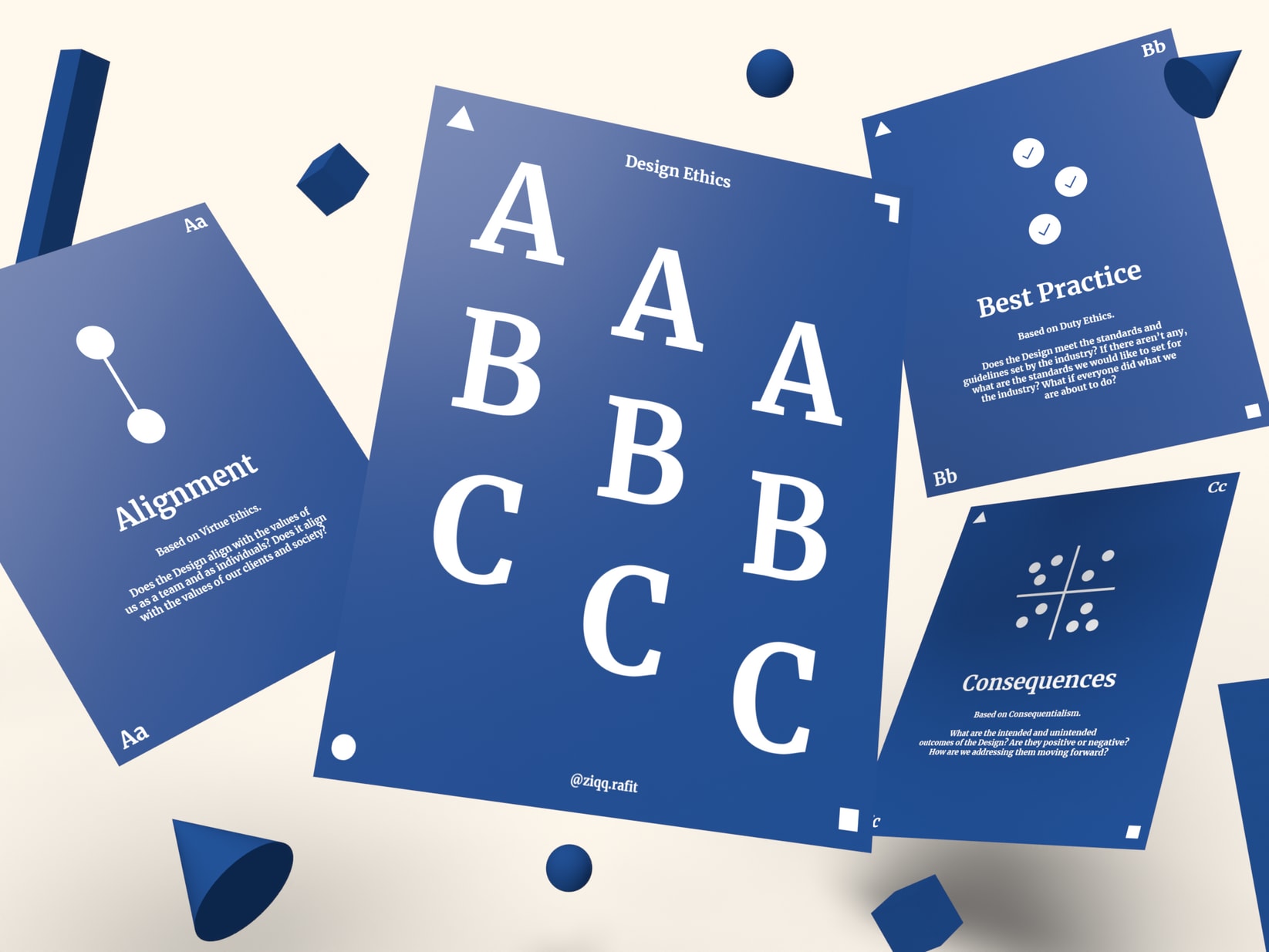


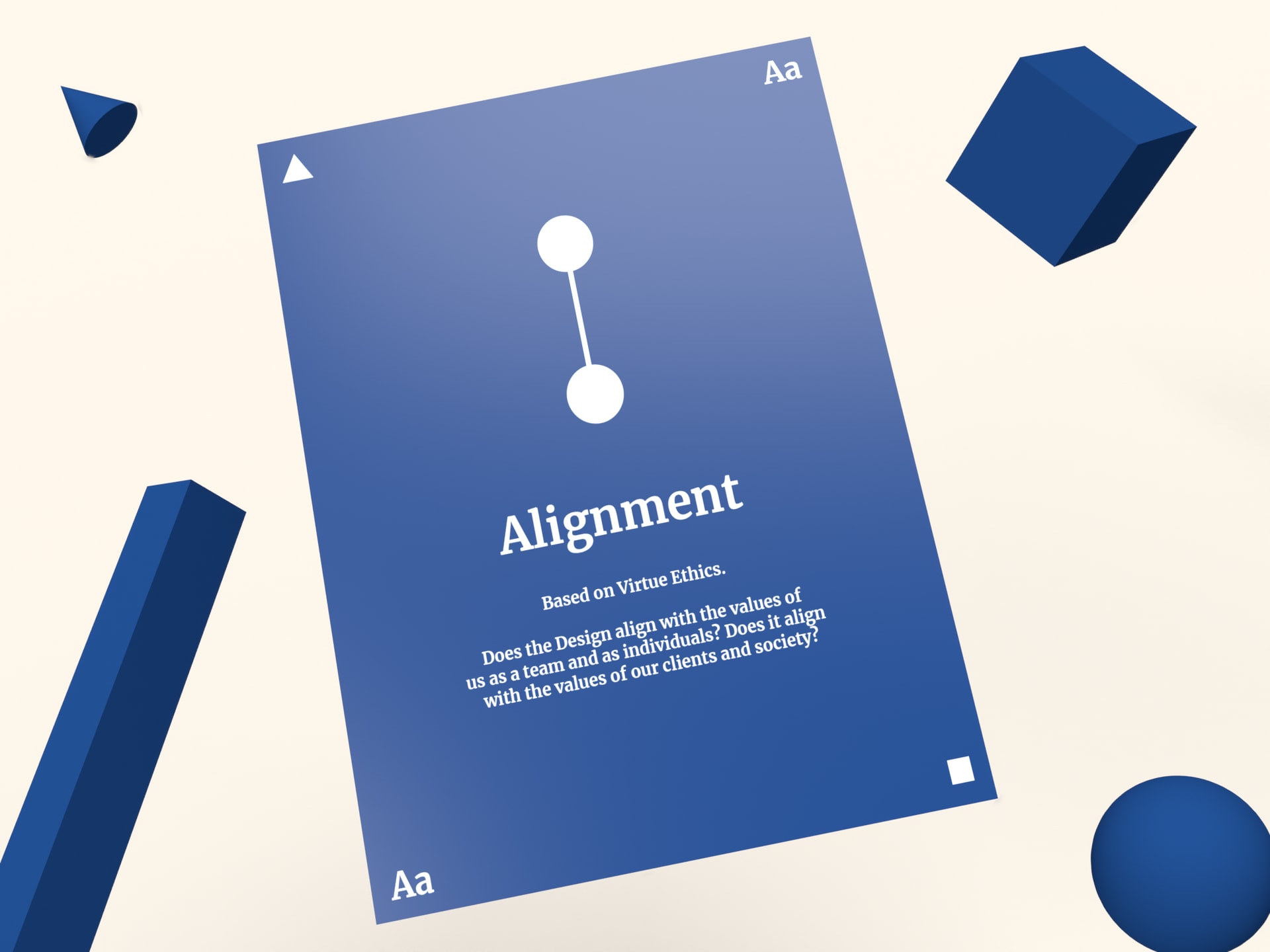


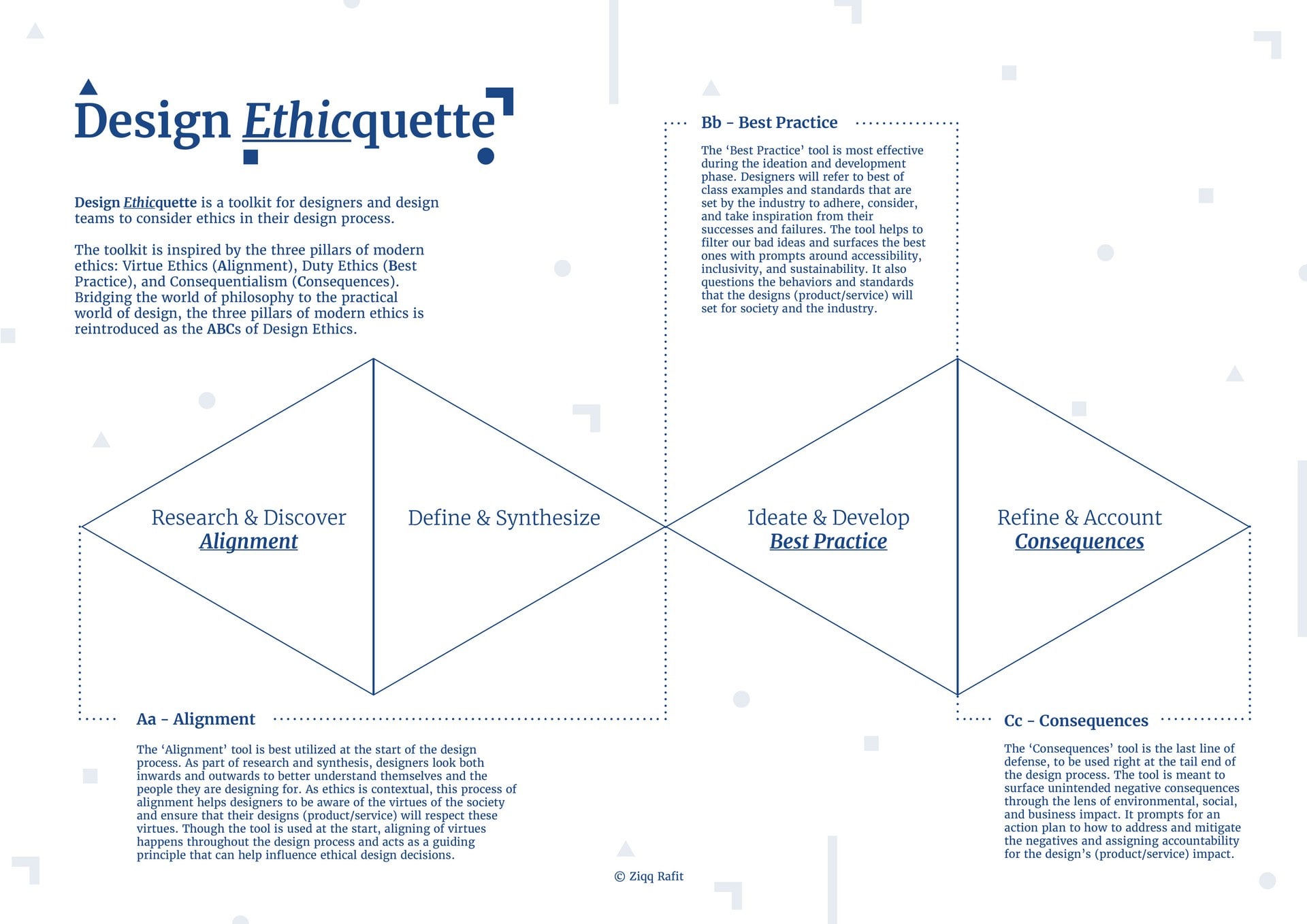
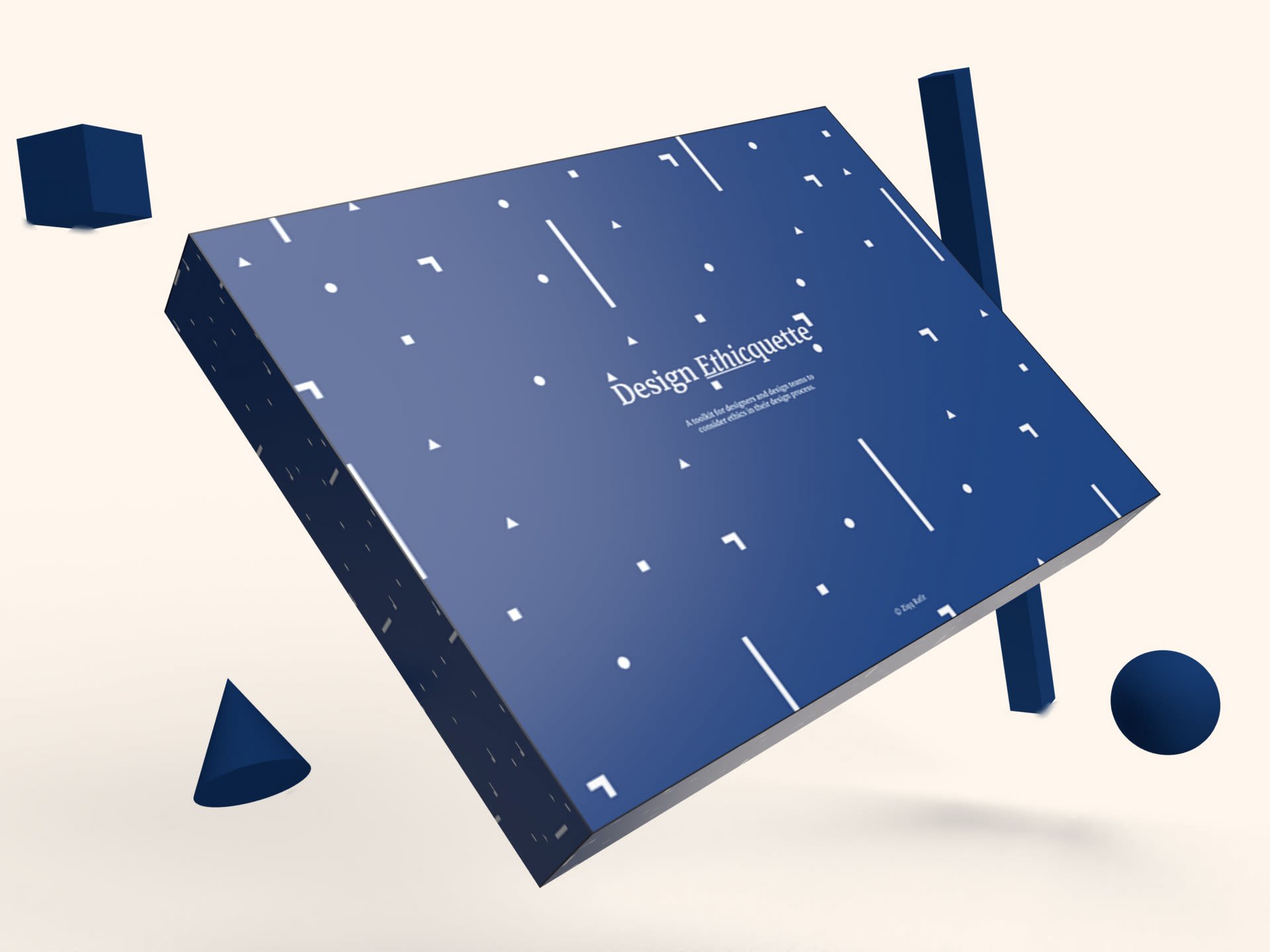
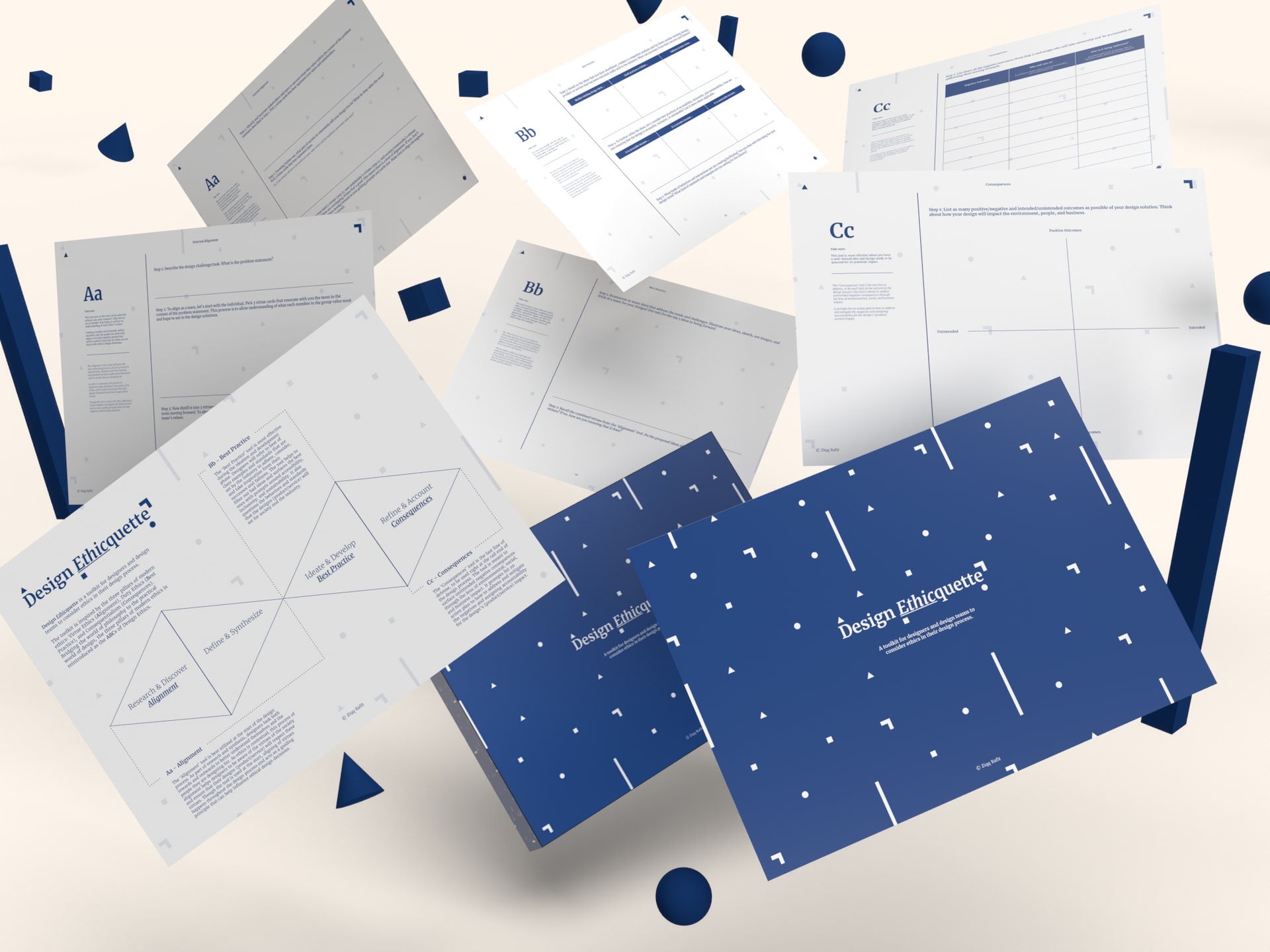




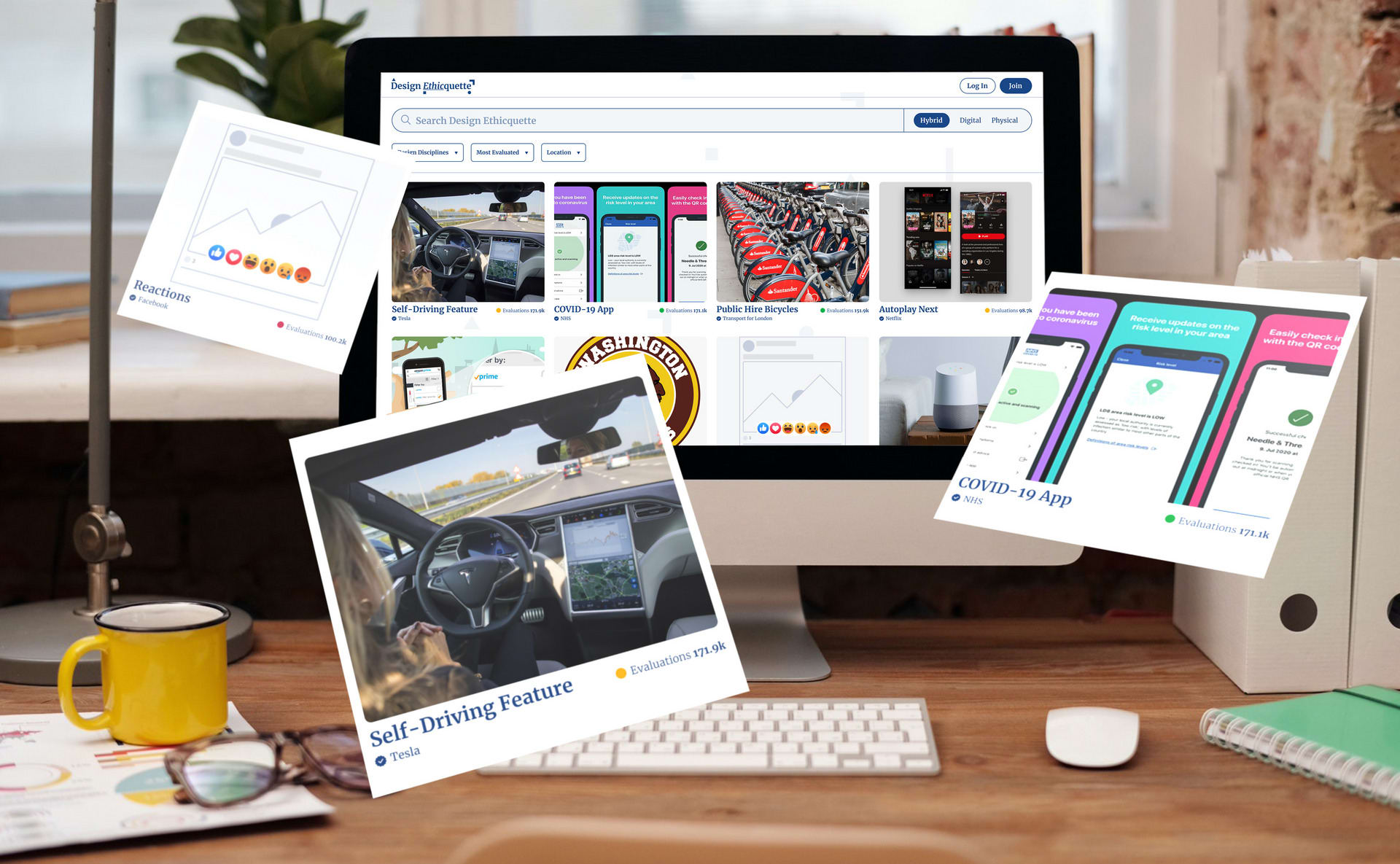
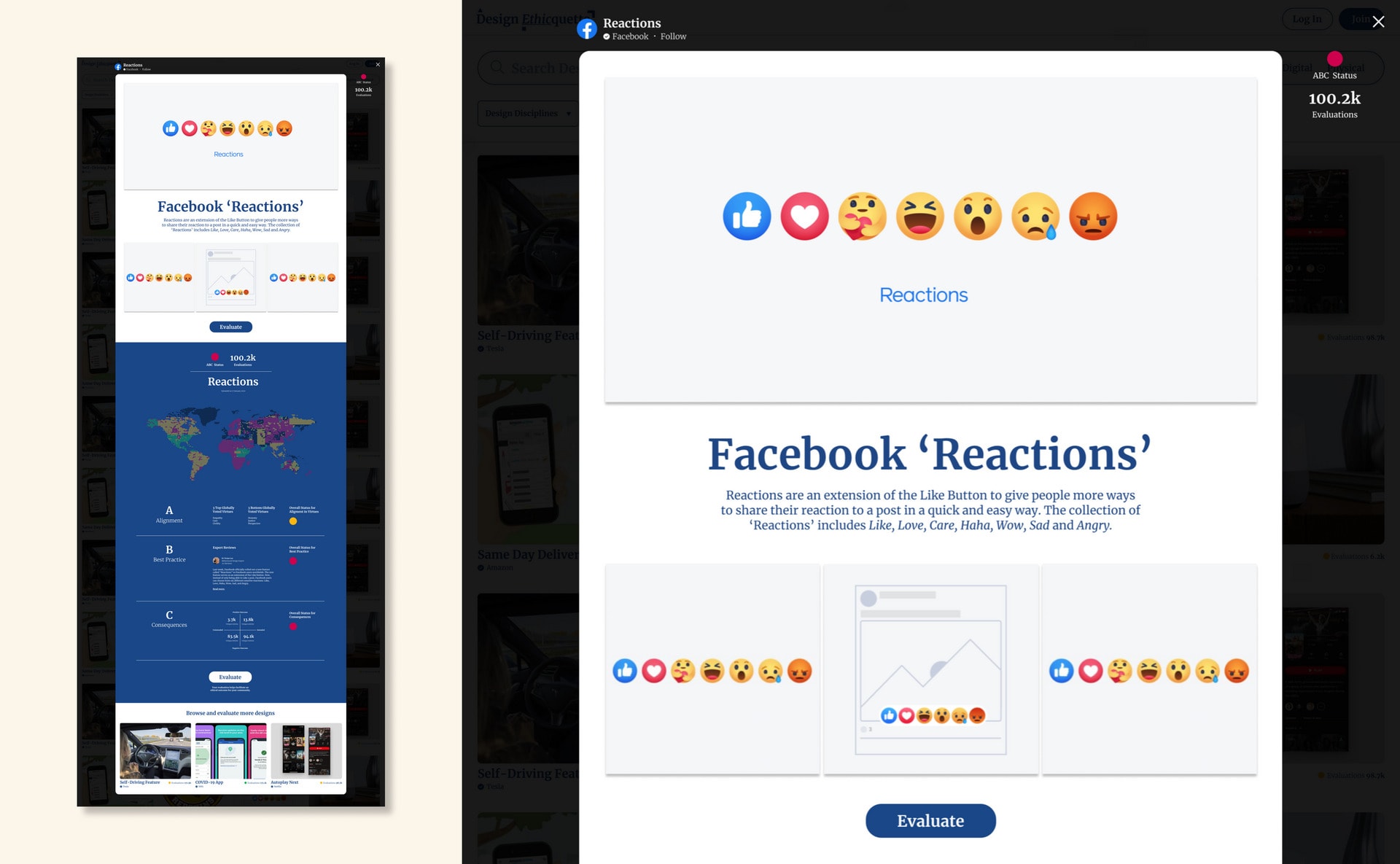


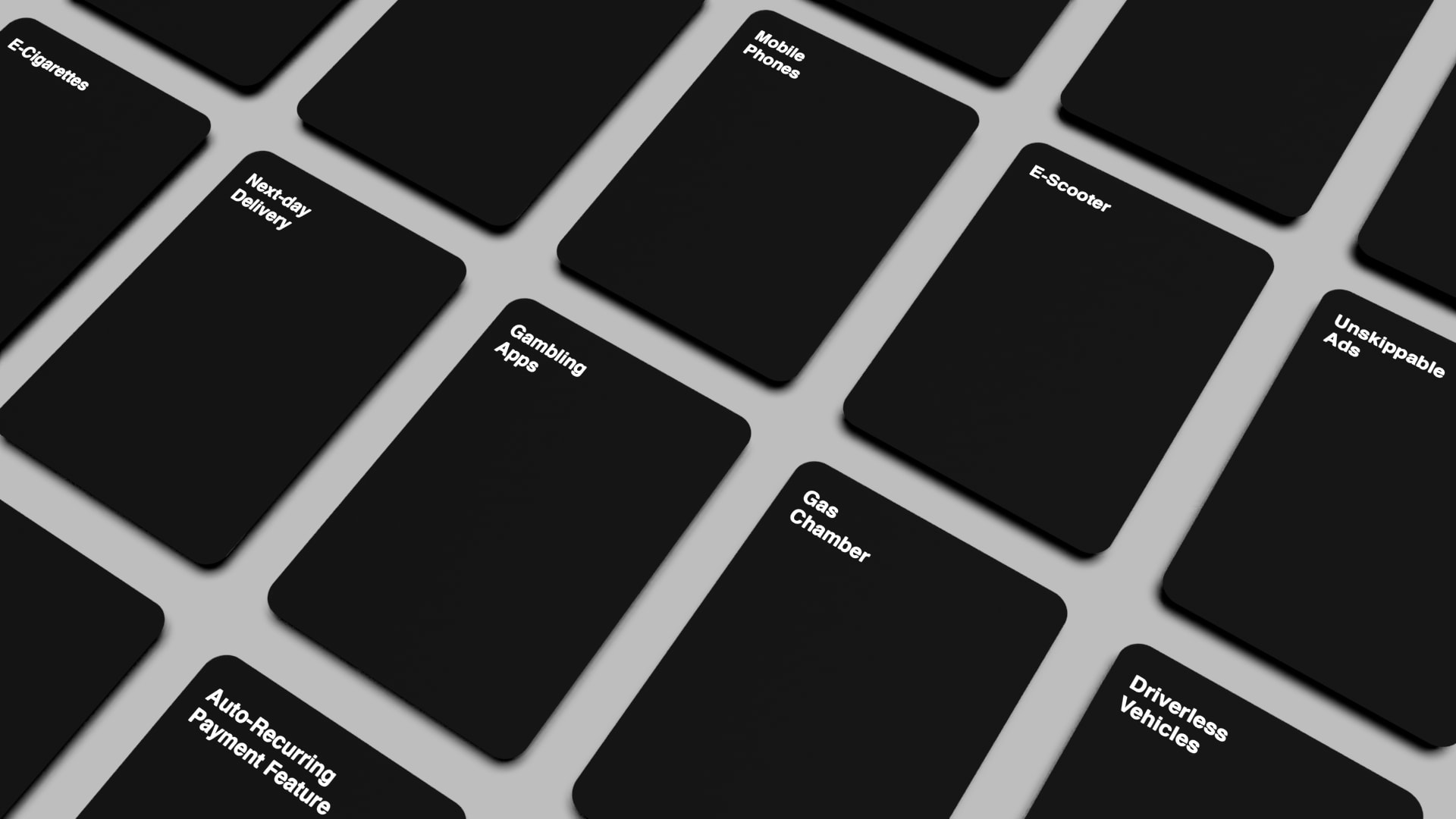


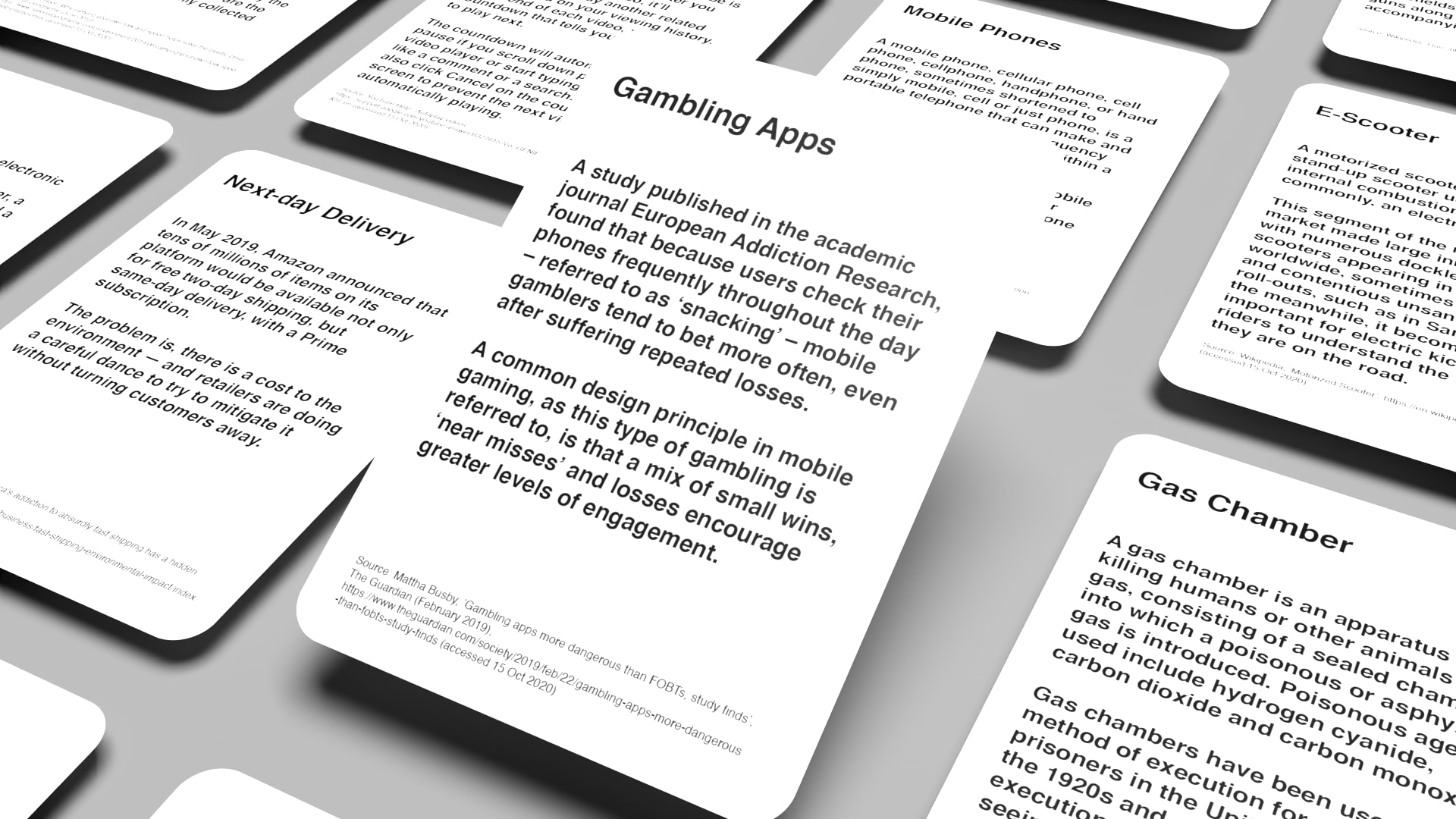
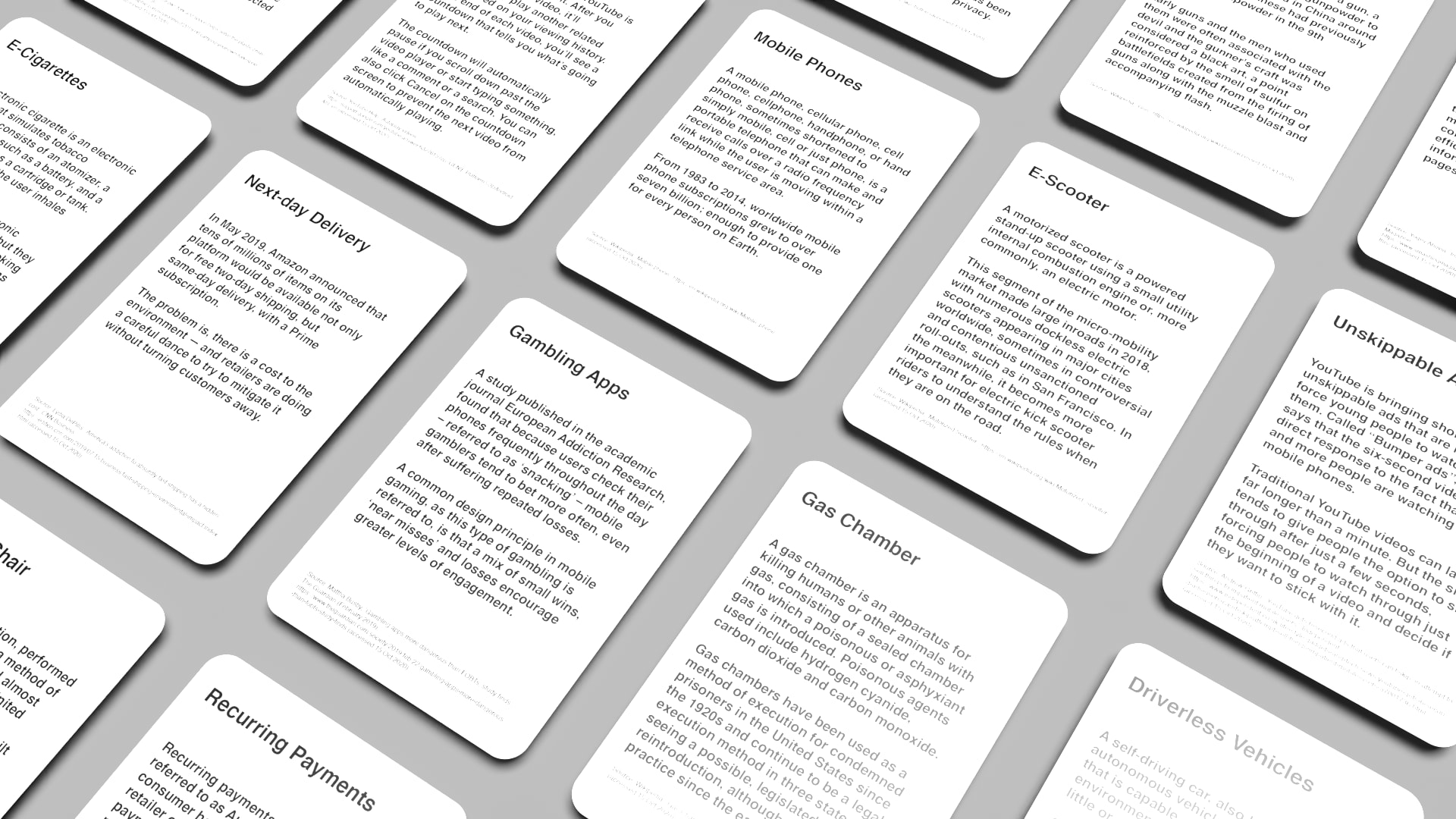
![[untitled]](https://res.cloudinary.com/rca2020/image/upload/f_auto,h_1185,w_1920,c_fill,g_auto,q_auto/v1/rca2021/60cbe46a98de755bbfa91c58-581652?_a=AXAH4S10)